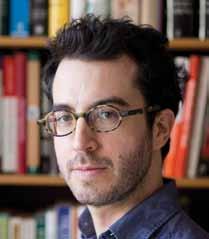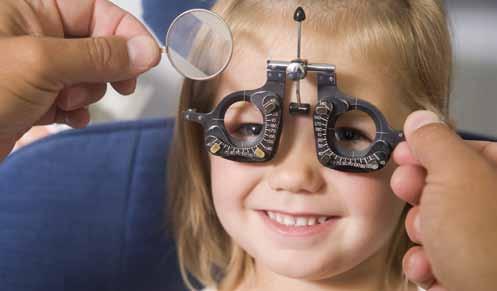Monkey Business Images/Shutterstock.com
healthy kids
Eye Care for Kids A Clear Path to Healthy Vision by Ronica A. O’Hara
T
he blurry distant vision of myopia is a worldwide epidemic. Nearsightedness has doubled in the U.S. since 1971 to 42 percent, and in
36
Tampa Bay Edition
some Asian countries it affects 90 percent of teens and adults, reports the American Academy of Ophthalmology. Eye doctors say the key time to pay attention is dur-
NATampa.com
ing childhood, because myopia and other eye and vision problems can be reversed or stabilized if addressed at an early age. “Parents tend to assume that vision problems aren’t a concern for the young and healthy, but it’s never too early to promote healthful habits or to be on the lookout for potential vision issues,” advises ophthalmologist Sandy T. Feldman, M.D., medical director of the Clearview Eye & Laser Medical Center, in San Diego. Ophthalmologists and optometrists recommend having a child’s eyes tested at 6 months, 3 years and 5 or 6 years to detect nearsightedness, farsightedness, astigmatism, “lazy eye” (amblyopia), crossed or misaligned eyes (strabismus) and other potential problems. “For signs of trouble, I ask parents if they have seen their child have an eye that wanders or if the child covers an eye regularly, they are rubbing their eyes or playing with their toys close to their face,” says optometrist Nathan Langemo, of the Hopkins Eye Clinic, in Hopkins, Minnesota. If myopia becomes severe, it can lead to retinal detachment, premature cataracts and glaucoma in adulthood, but




